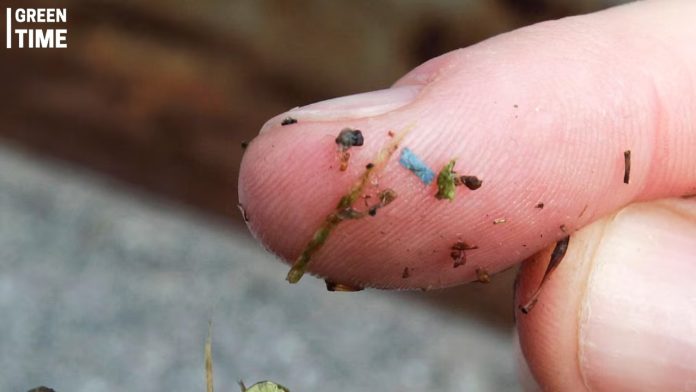Microplastics, tiny fragments resulting from the breakdown of larger plastic products, have infiltrated our food, water, and even our bodies, raising significant concerns about their potential impact on human health and the environment. Detected in the ocean, air, and various body tissues—including the heart, liver, kidneys, and testicles—these particles are a troubling presence in our daily lives. However, the pressing question remains: Are microplastics actually harming us?
The Ubiquity of Microplastics
Microplastics can range in size from a pencil eraser to a fraction of the width of a human hair. They are pervasive, found in the air we breathe, the water we drink, the soil we grow our food in, and even in everyday foods like salt, sugar, honey, rice, and seafood. A 2019 study conducted by Australian researchers on behalf of the World Wildlife Fund revealed that the average person consumes approximately 5 grams of plastic each week—equivalent to ingesting a credit card.
Health Implications: What Do We Know?
The World Health Organization (WHO) released a report in 2022 stating that current evidence does not conclusively indicate a clear risk to human health from microplastics. However, some researchers remain skeptical. Dr. Tracey Woodruff of the University of California cautions that while there isn’t a definitive signal of widespread health impacts like increased mortality from cancer or heart disease, the potential for microplastics to cause harm through inflammation and other bodily changes cannot be ignored.
Dr. Marya Zlatnik, an obstetrician based in San Francisco, has studied environmental toxins’ effects on pregnancy and highlights the potential risks of microplastics, particularly for vulnerable populations like babies and adults. Dr. Philip Landrigan of Boston College shares this concern, stating, “Even though there’s a lot we still don’t know about microplastic particles and the harm they cause to humans, the information that is available today is in my mind very concerning.”
Reducing Microplastic Exposure: Practical Steps
Given the uncertainties surrounding microplastics’ health effects, researchers suggest several practical ways to reduce exposure:
- Remove Shoes Indoors: Avoid tracking in plastics-laden dust by taking off your shoes before entering your home.
- Cook at Home: Prioritize home-cooked meals using fresh fruits and vegetables.
- Avoid Plastics in Microwaves: Refrain from microwaving food in plastic containers.
- Use Reusable Bottles: Opt for reusable stainless steel or glass water bottles instead of disposable plastic ones.
Dr. Zlatnik acknowledges that while these steps can help minimize exposure, they may not be feasible for everyone, especially those with limited incomes. She emphasizes that advising someone worried about their next meal to use glass containers and avoid microwaving in plastic might be impractical.
The Path Forward
As research into microplastics continues to evolve, more studies are needed to fully understand their implications for human health and the environment. For now, the evidence suggests exercising caution and mindfulness about reducing exposure to microplastics wherever possible.

